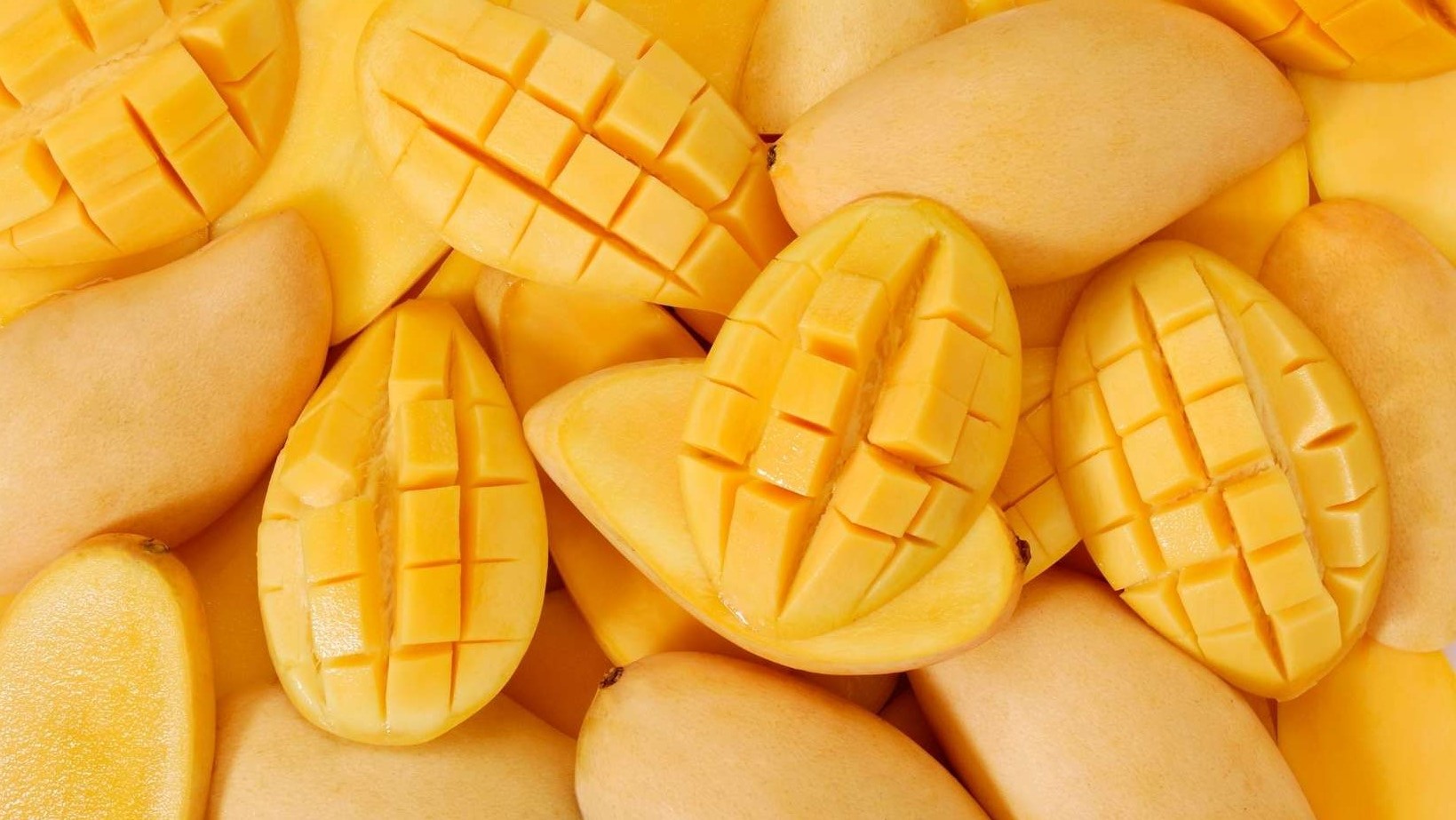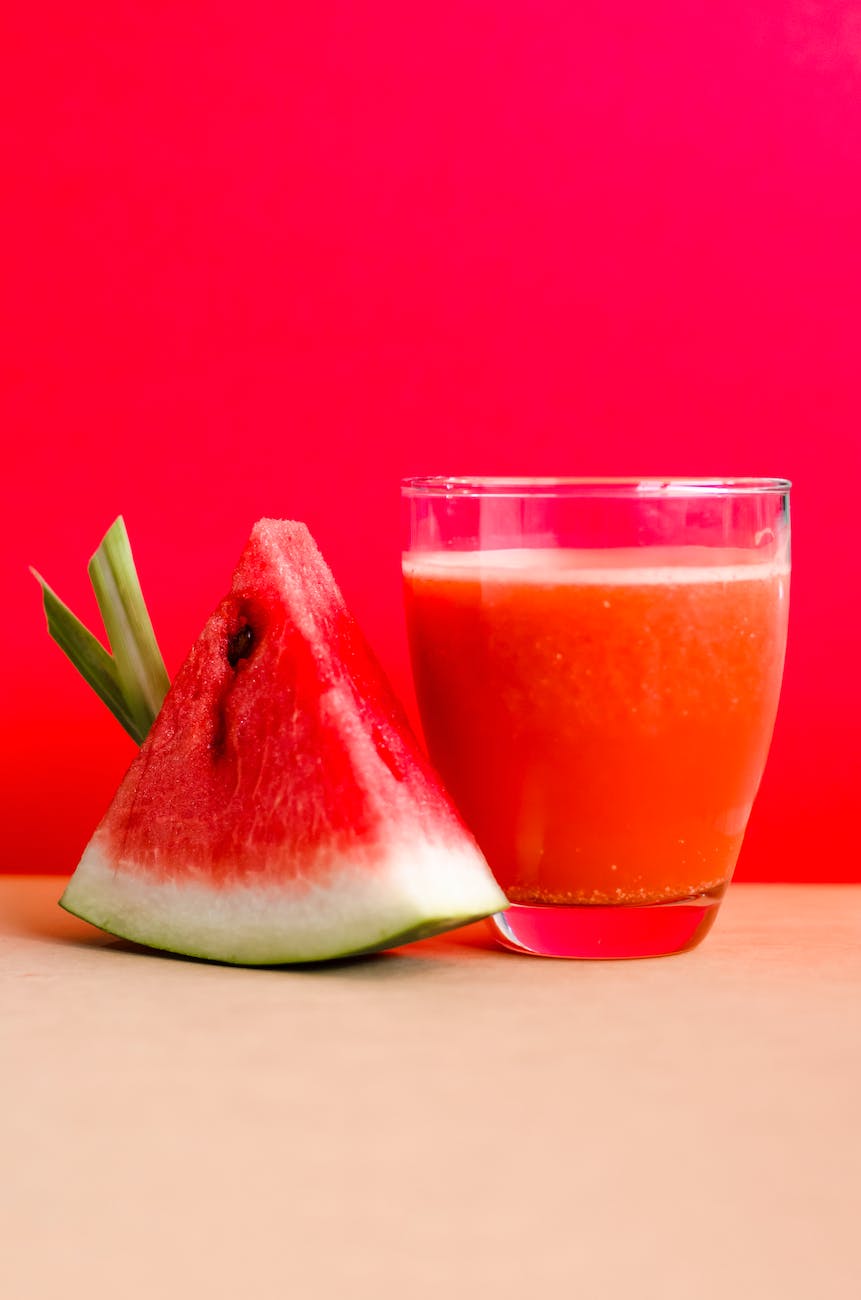
Introduction: 🌱🌟 Welcome to another informative blog post in our series on seeds and nuts and their impact on weight loss! In this edition, we will dive into the incredible world of chia seeds and explore their potential benefits for your weight loss journey. Chia seeds may be small, but they pack a nutritional punch with their impressive nutrient profile. Join us as we uncover the secrets of chia seeds and how they can support your quest for a healthier and slimmer you!
Macros per 100g of Chia Seeds:
| Nutrient | Amount |
|---|---|
| Calories | 486 |
| Carbohydrates | 42g |
| Protein | 16.5g |
| Fat | 30.7g |
| Fiber | 34.4g |
| Sugars | 0.8g |
🌱🔍 Chia seeds are a nutritional powerhouse, rich in a variety of essential nutrients that can contribute to your weight loss efforts. Let’s explore their key qualities and how they can positively impact your journey:
- Fiber for Satiety and Digestive Health: 🌱🌾 Chia seeds are incredibly rich in dietary fiber, which promotes a feeling of fullness and can help control appetite. When consumed, chia seeds absorb liquid and form a gel-like substance in the stomach, contributing to a sense of satiety and potentially reducing calorie intake. Additionally, their high fiber content supports healthy digestion and bowel regularity.
- Omega-3 Fatty Acids for Heart Health and Inflammation: 🌱💪 Chia seeds are one of the richest plant-based sources of omega-3 fatty acids, particularly alpha-linolenic acid (ALA). Omega-3 fatty acids are essential for overall health, including cardiovascular health and reducing inflammation in the body. Incorporating chia seeds into your diet can provide a beneficial boost of these essential fatty acids.
- Plant-Based Protein for Muscle Support: 🌱💪 Chia seeds are a valuable source of plant-based protein, making them an excellent option for individuals following a vegetarian or vegan diet. Protein is essential for supporting muscle growth and repair, which can contribute to an increased metabolic rate and help with weight loss.
- Rich in Antioxidants for Cellular Health: 🌱🌈 Chia seeds are packed with antioxidants, including flavonoids and phenolic compounds. These antioxidants help protect against cellular damage caused by free radicals and contribute to overall well-being. By incorporating chia seeds into your diet, you can provide your body with a natural defense against oxidative stress.
⚠️ Warnings and Considerations: 🚫 While chia seeds offer numerous health benefits, it’s important to keep the following points in mind:
- Hydration and Chia Seed Consumption: 🚫 Chia seeds have a unique ability to absorb liquid and expand, forming a gel-like consistency. To avoid any discomfort, it’s essential to consume chia seeds along with an adequate amount of water or other fluids to prevent them from absorbing moisture in the digestive tract.
- Allergies or Sensitivities: 🚫 Some individuals may have allergies or sensitivities to chia seeds. If you have known allergies to seeds or similar ingredients, consult with a healthcare professional before incorporating chia seeds into your diet.
- Portion Control: 🚫 Although chia seeds are nutrient-dense and offer numerous health benefits, they are also calorie-dense. Practice portion control and be mindful of your overall calorie intake. A recommended serving size is around 1-2 tablespoons.
- Digestive Sensitivity: 🚫 Some individuals may experience digestive sensitivity to chia seeds, especially when consuming them in large quantities or if they have pre-existing digestive conditions. If you have digestive concerns, it’s best to start with smaller amounts and monitor your body’s response.
💡 Recipe Ideas: Now, let’s explore some delicious and creative ways to incorporate chia seeds into your weight loss journey:
- Chia Seed Pudding: 🥣 In a jar, combine chia seeds, your choice of milk (dairy or plant-based), and a sweetener of your choice, such as honey or maple syrup. Stir well, refrigerate overnight, and in the morning, enjoy a creamy and nutritious chia seed pudding. Top with fresh fruits, nuts, or granola for added flavor and texture.
- Chia Seed Smoothie: 🍹 Blend together a ripe banana, your choice of berries, a handful of spinach or kale, a scoop of nut butter, and a tablespoon of chia seeds. Add water or your preferred liquid to achieve the desired consistency. This refreshing smoothie packed with nutrients makes a perfect meal replacement or snack option.
- Chia Seed Energy Bars: 🍫🌱 Combine dates, nuts (such as almonds or cashews), chia seeds, cocoa powder, and a pinch of sea salt in a food processor. Process until the mixture sticks together. Press the mixture into a lined baking dish and refrigerate until firm. Cut into bars and enjoy these homemade energy bars as a quick and nutritious snack.
- Chia Seed Salad Dressing: 🥗🌱 Whisk together chia seeds, olive oil, lemon juice, Dijon mustard, honey (or maple syrup for a vegan option), and your choice of herbs and spices. Drizzle this flavorful and nutrient-rich dressing over your favorite salads or use it as a marinade for grilled vegetables or proteins.
- Chia Seed Overnight Oats: 🥣 Combine rolled oats, chia seeds, your choice of milk, and a sweetener of your choice in a jar. Stir well, refrigerate overnight, and wake up to a ready-to-eat breakfast packed with fiber, protein, and healthy fats. Customize with toppings such as fresh fruits, nuts, or a dollop of yogurt.
🌟 Conclusion: 🌱✨ Chia seeds are a tiny yet mighty addition to your weight loss journey. With their exceptional fiber content, omega-3 fatty acids, plant-based protein, and antioxidants, they offer numerous health benefits and can support your overall well-being. Remember to practice portion control, stay hydrated, and be mindful of any allergies or sensitivities. Incorporate chia seeds into your meals and snacks creatively to enjoy their nutritional goodness while working towards your weight loss goals.













